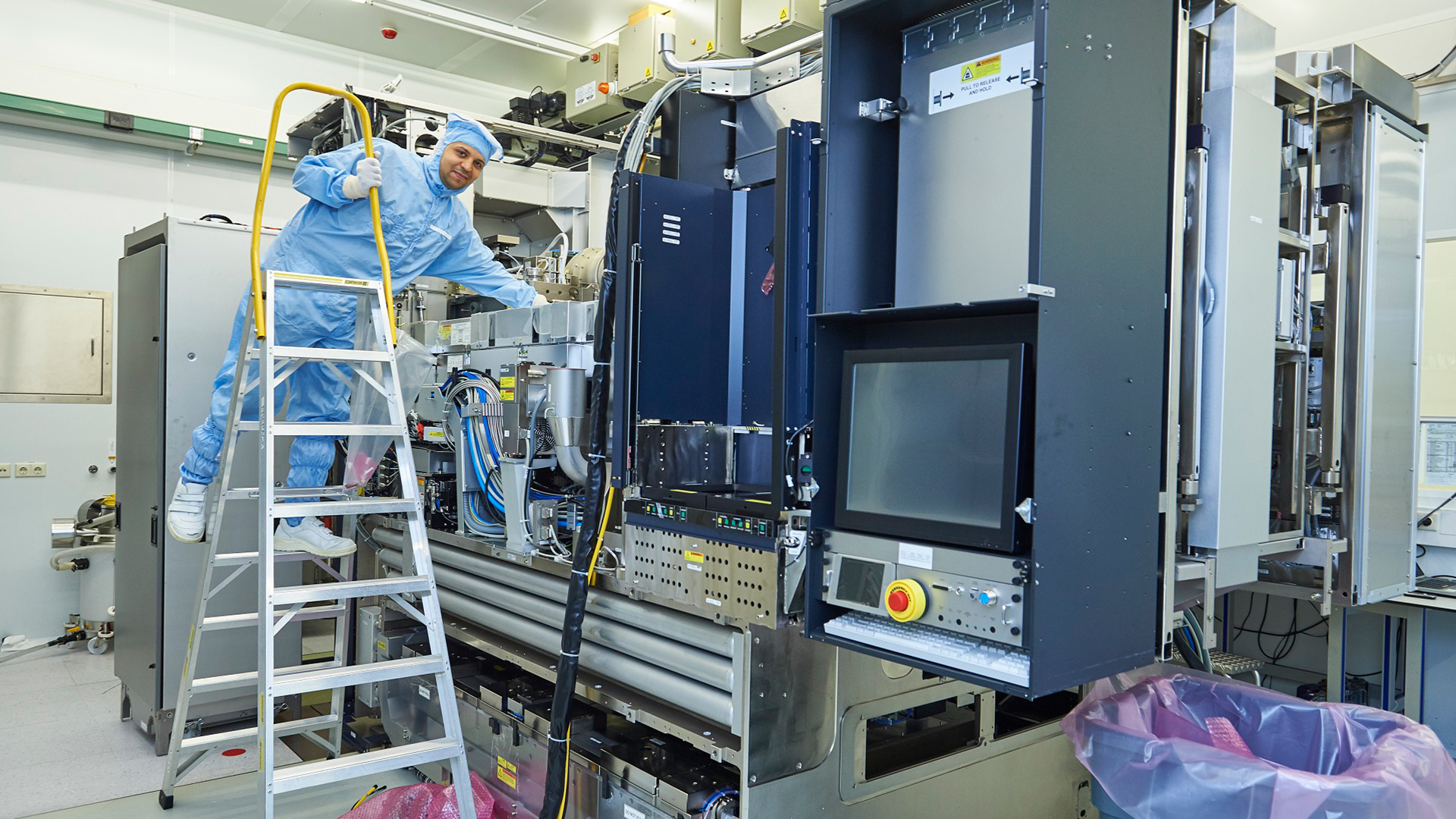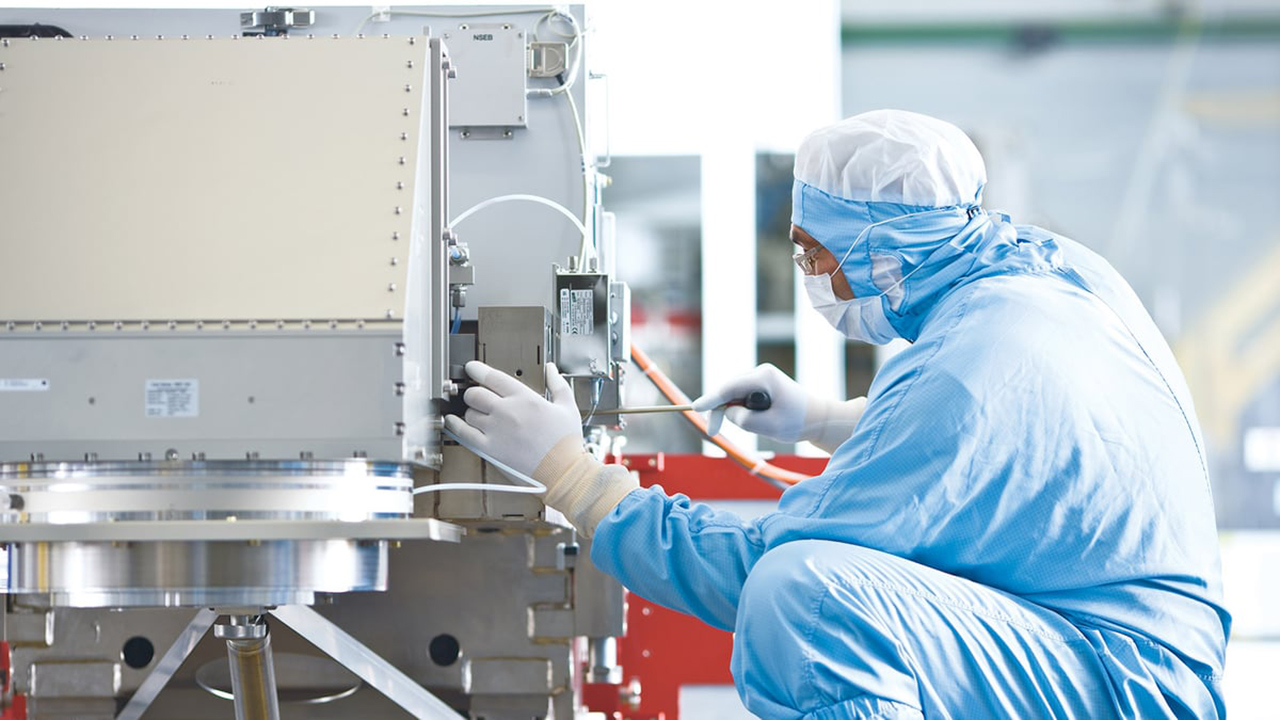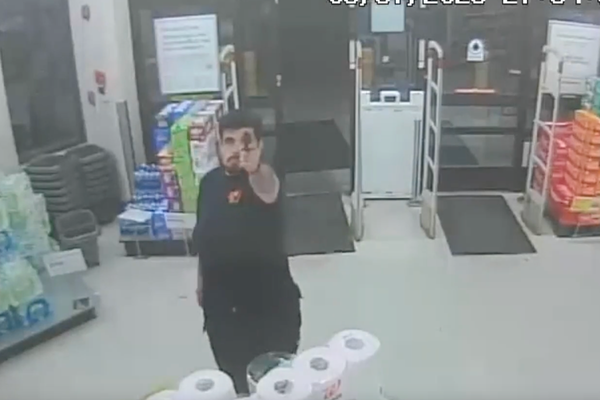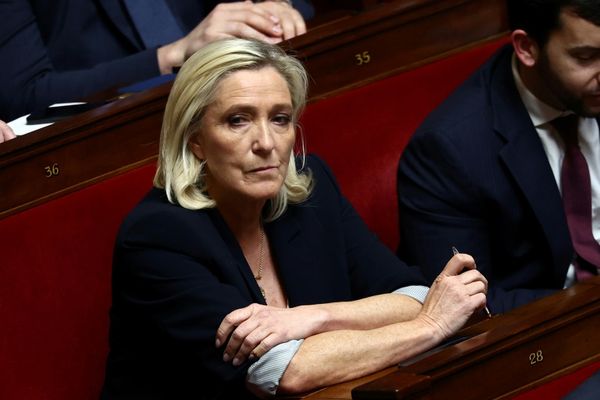
Russian companies successfully obtained spare parts for ASML's 1990s-era chipmaking machines in 2022 and 2023, despite European sanctions that prohibit selling any high-tech machinery to Russian entities, reports Reuters. These parts were sourced through Chinese proxies, according to Tweakers net, which cites a report by the Dutch newspaper Trouw, based on findings from Russian customs records.
Following Russia's 2022 full-scale invasion in Ukraine, the European Union imposed sanctions banning the sale of electronic equipment to Russia, which includes spare parts for chipmaking tools. However, Russian importers have found ways to bring in at least 170 shipments of spare parts for ASML's PAS 5500 lithography tool, mostly from Chinese suppliers, according to Trouw.
ASML, in response to Reuters, confirmed it adheres to these sanctions and stated that it has not sold products or interacted with Russian distributors in recent years.
ASML's PAS 5500-series family of 200-mm lithography tools were originally introduced in 1991and evolved through the 1990s and early 2000s. Today, the PAS 5500 line-up includes i-line and krypton fluoride (KrF) steppers as well as i-line, KrF and argon fluoride (ArF) step-and-scan systems. Although ASML no longer makes these lithography tools, it sells refurbished PAS 5500 machines and plans to support them through 2035, so there are plenty of spare parts for them on the market, particularly in China.

Depending on the exact model, a PAS 5500 machine can be equipped with an i-line laser with a 365nm wavelength capable of achieving a 400nm resolution (PAS 5500/100D) or with an ArF laser with a 193nm wavelength that can get to a resolution of 90nm (PAS 5500/1150C). While the initial PAS 5500 machines from the early 1990s could be used to produce memory or logic at a 350nm (35 micron) process technology their successors from the late 1990s and early 2000s can produce advanced logic chips at 130nm and 90nm fabrication processes, which is just in line with what Russia-based Angstrem and Mikron chipmakers can do.
Formally, the PAS 5500 lithography tools are not classified as dual-use technology with potential military applications (probably because by now the newest are about 20 years old), they can be used to make fairly advanced chips. For example, AMD's dual-core Athlon 64 X2 and Athlon 64 FX were made on a 90nm-class process technology. Also, even ASML's PAS 5500 litho systems from the 1990s can be used to make analogue or RF chips that do not require cutting-edge process nodes.
This is a troublesome news. Russian Iskander missile used after the war started were filled with reused Soviet-era chips. Meanwhile, most reports about microelectronics found in Russian weapons focus on Western chips from companies like Intel or Texas Instruments. However, with fairly advanced process technologies, Russia can produce its own chips for weapons too. By now, Russian missiles use fewer old parts and more new chips produced by Angstrem, according to Igor Lapko, an engineer with decades of experience in the chip industry, who spoke with the Trouw paper.
As China-based entities increasingly support Russia in maintaining its chip industry, the U.S. has intensified sanctions against Chinese traders participating in this trade. However, experts questioned by Trouw caution that Europe is less proactive in enforcing similar measures, which could be crucial in restricting Russia's military capabilities.







